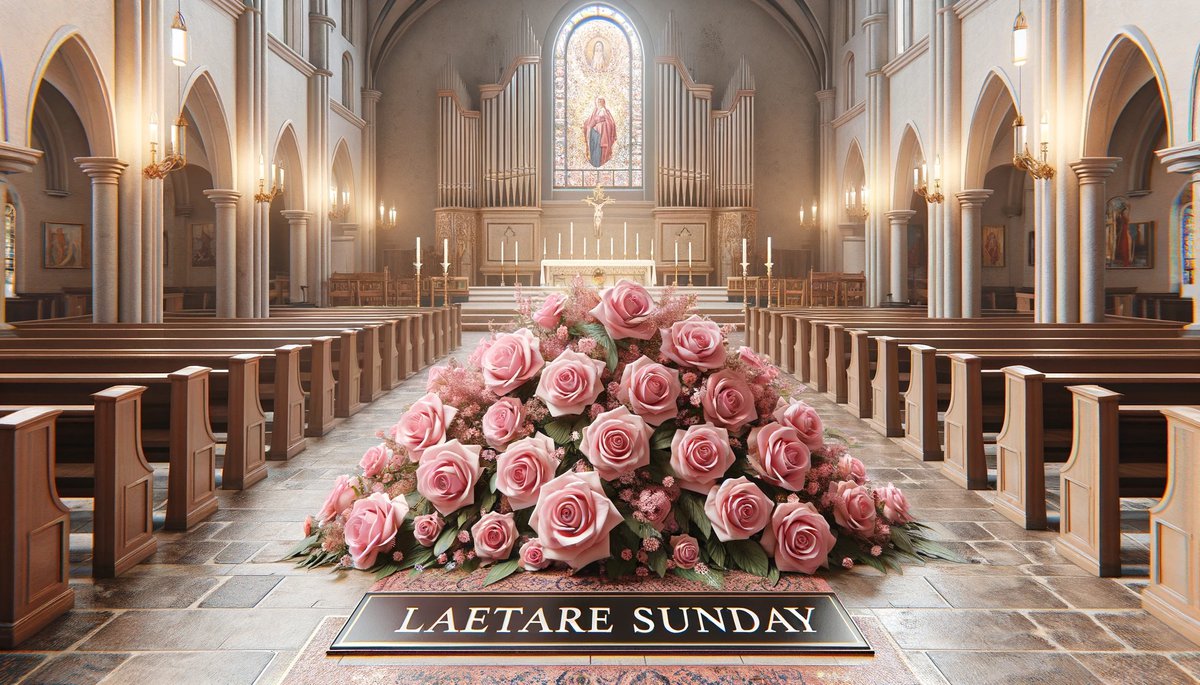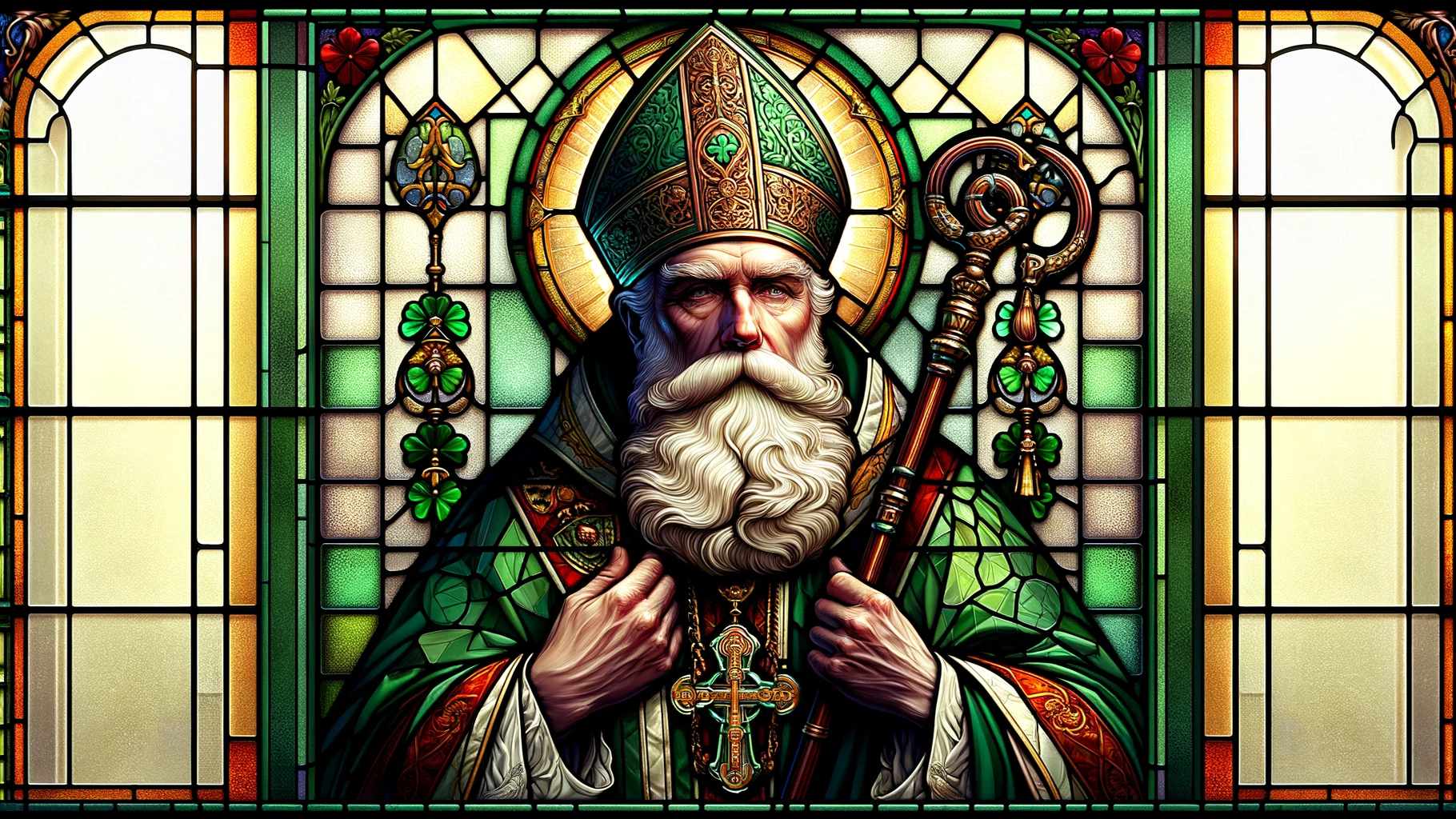Home>Special Themes>What Is The First Day Of Lent Called?


Special Themes
What Is The First Day Of Lent Called?
Published: February 28, 2024
Ericka Andersen, an editor at Christian.net, expertly merges digital strategy with content creation, focusing on faith and societal issues. Her communication skills enhance the platform's engaging narratives, fostering meaningful dialogue on belief's impact on society.
Discover the significance of the first day of Lent, also known as Ash Wednesday, and its special themes. Learn about the traditions and practices associated with this solemn occasion.
(Many of the links in this article redirect to a specific reviewed product. Your purchase of these products through affiliate links helps to generate commission for Christian.net, at no extra cost. Learn more)
Table of Contents
The Meaning of Ash Wednesday
Ash Wednesday marks the beginning of the Lenten season, a period of reflection, repentance, and spiritual growth for Christians around the world. It falls on the 46th day before Easter Sunday and is observed by many denominations, including Catholics, Anglicans, Lutherans, and some other Protestant churches. The name "Ash Wednesday" is derived from the practice of placing ashes on the foreheads of worshippers in the shape of a cross. These ashes are typically made by burning the palm branches blessed on the previous year's Palm Sunday. The use of ashes as a symbol of mortality and repentance has deep roots in the Judeo-Christian tradition, dating back to the Old Testament. In the Christian context, the ashes serve as a reminder of human mortality and the need for repentance and forgiveness.
Read more: When Is The First Day Of Lent
Significance of the First Day of Lent
The first day of Lent, Ash Wednesday, holds significant importance in the Christian calendar. It serves as a solemn reminder of human frailty and the need for spiritual renewal. The ashes used in the Ash Wednesday service symbolize penitence and the desire for God's mercy and forgiveness. The act of receiving ashes on the forehead is a visible sign of one's commitment to the Lenten journey of self-examination, repentance, and preparation for the celebration of Easter. It is a time for believers to reflect on their lives, seek reconciliation with God and others, and strive for personal and spiritual growth.
Practices and Traditions on the First Day of Lent
-
Ashes and Repentance: The imposition of ashes is a central ritual on Ash Wednesday. During the Ash Wednesday service, worshippers receive the sign of the cross on their foreheads, accompanied by the words "Remember that you are dust, and to dust you shall return" or "Repent, and believe in the Gospel."
-
Fasting and Abstinence: Many Christians observe fasting and abstinence on Ash Wednesday as a way of expressing repentance and self-discipline. This may involve refraining from certain foods, such as meat, and limiting the quantity of food consumed.
-
Liturgy and Prayer: Ash Wednesday services often include special liturgies, readings, and prayers focused on themes of repentance, forgiveness, and the journey of Lent. It is a time for communal and personal prayer, seeking God's guidance and grace for the season ahead.
-
Almsgiving and Acts of Charity: In addition to personal spiritual disciplines, Ash Wednesday also emphasizes the importance of acts of charity and compassion towards others. Many Christians use this day as an opportunity to engage in acts of kindness, generosity, and service to those in need.
-
Reflection and Self-Examination: The first day of Lent encourages believers to engage in introspection and self-examination. It is a time to identify areas of one's life that may need repentance and renewal, and to seek God's guidance in making positive changes.
Ash Wednesday marks the beginning of a 40-day journey of spiritual growth, leading up to the celebration of Easter. It is a time for believers to embrace the disciplines of Lent, seek reconciliation with God and others, and deepen their faith through prayer, fasting, and acts of love and compassion.
The Significance of the First Day of Lent
The first day of Lent, Ash Wednesday, holds significant importance in the Christian calendar. It serves as a solemn reminder of human frailty and the need for spiritual renewal. The ashes used in the Ash Wednesday service symbolize penitence and the desire for God's mercy and forgiveness. The act of receiving ashes on the forehead is a visible sign of one's commitment to the Lenten journey of self-examination, repentance, and preparation for the celebration of Easter. It is a time for believers to reflect on their lives, seek reconciliation with God and others, and strive for personal and spiritual growth.
Ash Wednesday marks the beginning of a 40-day period of fasting, prayer, and almsgiving, mirroring the 40 days Jesus spent in the wilderness. This season of Lent is a time for Christians to draw closer to God, deepen their faith, and realign their lives with the teachings of Jesus. The ashes, a symbol of mortality and humility, serve as a powerful visual reminder of the fleeting nature of life and the eternal promise of redemption through Christ. By acknowledging their mortality and sinfulness, believers are called to turn away from wrongdoing and embrace a life of righteousness and grace.
The observance of Ash Wednesday and the commencement of Lent provide an opportunity for believers to pause and take stock of their spiritual journey. It is a time to examine one's relationship with God, seek forgiveness for past wrongs, and commit to a renewed life of faith and discipleship. The Lenten season, beginning with Ash Wednesday, invites Christians to engage in acts of self-denial, prayer, and works of charity, as they prepare their hearts to fully experience the joy of Easter.
In essence, the first day of Lent, Ash Wednesday, holds profound significance as it marks the beginning of a transformative spiritual journey. It calls believers to confront their mortality, seek reconciliation, and embrace the disciplines of Lent as a means of drawing closer to God. The ashes received on this day serve as a tangible reminder of the need for repentance, the assurance of God's mercy, and the hope of new life found in Christ.
Practices and Traditions on the First Day of Lent
-
Ashes and Repentance: The imposition of ashes is a central ritual on Ash Wednesday. During the Ash Wednesday service, worshippers receive the sign of the cross on their foreheads, accompanied by the words "Remember that you are dust, and to dust you shall return" or "Repent, and believe in the Gospel." This act serves as a powerful symbol of humility, mortality, and the need for repentance. It is a solemn reminder of the fleeting nature of life and the call to turn away from sin and seek forgiveness.
-
Fasting and Abstinence: Many Christians observe fasting and abstinence on Ash Wednesday as a way of expressing repentance and self-discipline. This may involve refraining from certain foods, such as meat, and limiting the quantity of food consumed. Fasting is a practice that dates back to biblical times and is seen as a way to focus on spiritual nourishment while denying physical indulgence. It is a time for believers to exercise self-control and redirect their focus towards prayer and reflection.
-
Liturgy and Prayer: Ash Wednesday services often include special liturgies, readings, and prayers focused on themes of repentance, forgiveness, and the journey of Lent. It is a time for communal and personal prayer, seeking God's guidance and grace for the season ahead. The liturgy of Ash Wednesday emphasizes the need for spiritual renewal and the importance of turning towards God with contrite hearts. It provides a space for believers to express their desire for reconciliation and a renewed commitment to living a life of faith.
-
Almsgiving and Acts of Charity: In addition to personal spiritual disciplines, Ash Wednesday also emphasizes the importance of acts of charity and compassion towards others. Many Christians use this day as an opportunity to engage in acts of kindness, generosity, and service to those in need. This practice aligns with the biblical call to care for the marginalized and extends the spirit of repentance into tangible expressions of love and care for others.
-
Reflection and Self-Examination: The first day of Lent encourages believers to engage in introspection and self-examination. It is a time to identify areas of one's life that may need repentance and renewal, and to seek God's guidance in making positive changes. This introspective practice is essential for spiritual growth and serves as a foundation for the Lenten journey. It provides an opportunity for believers to assess their relationship with God, seek forgiveness, and commit to living a life that reflects the teachings of Jesus.
The practices and traditions observed on the first day of Lent, Ash Wednesday, are deeply rooted in the Christian faith and serve as a meaningful way for believers to begin their Lenten journey. These rituals and disciplines provide a framework for spiritual growth, self-examination, and a renewed commitment to living a life of faith, humility, and compassion.















